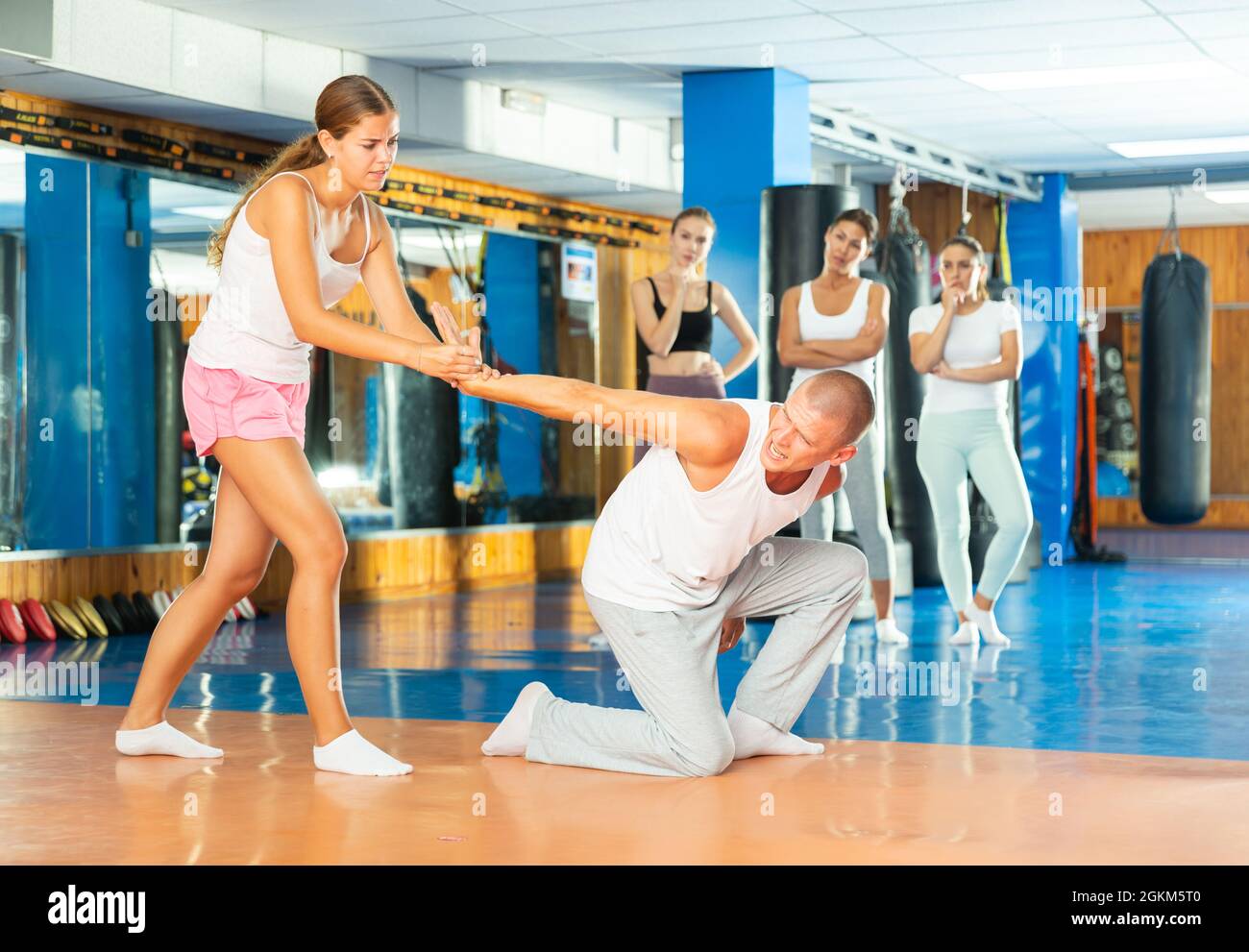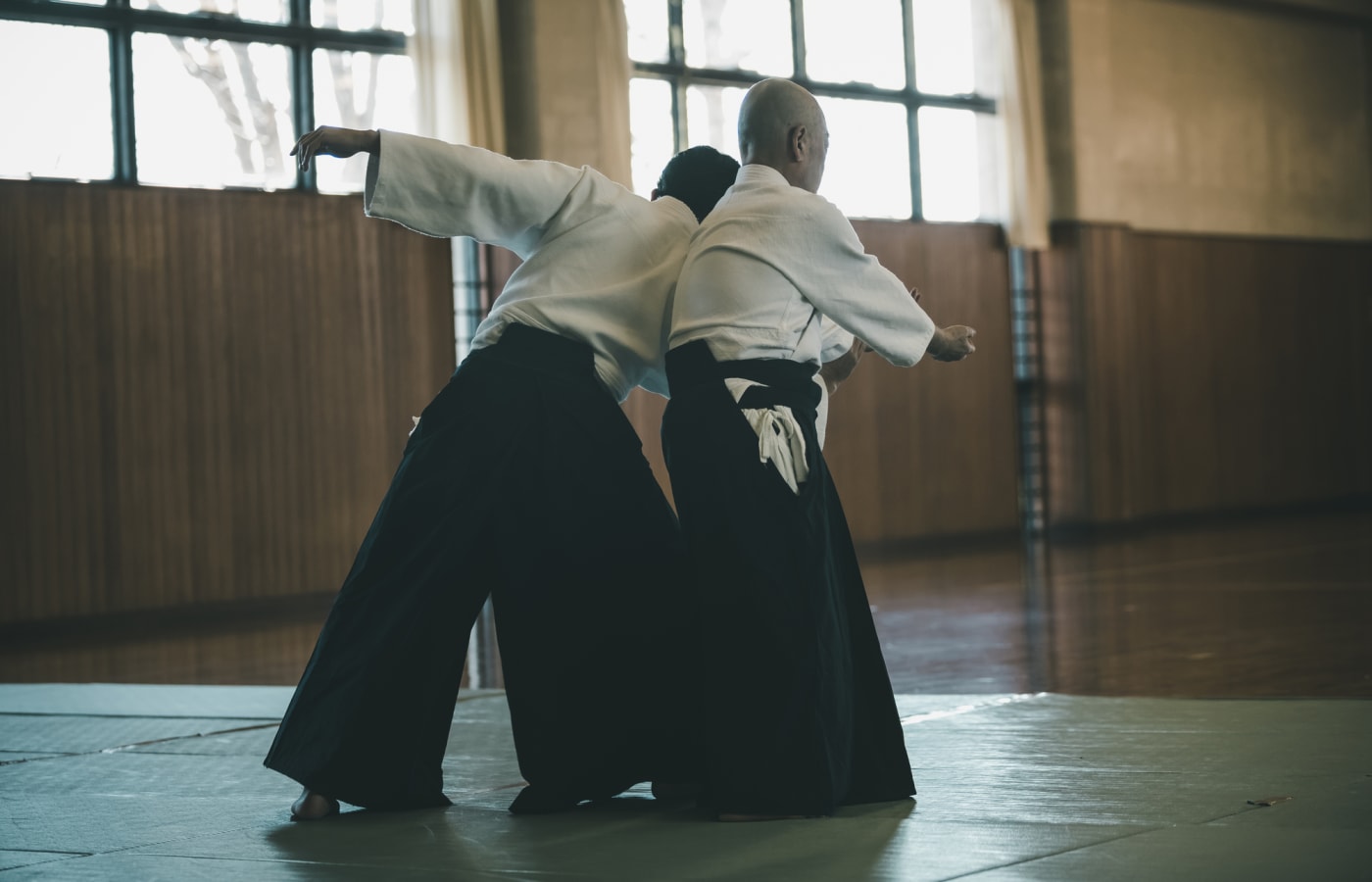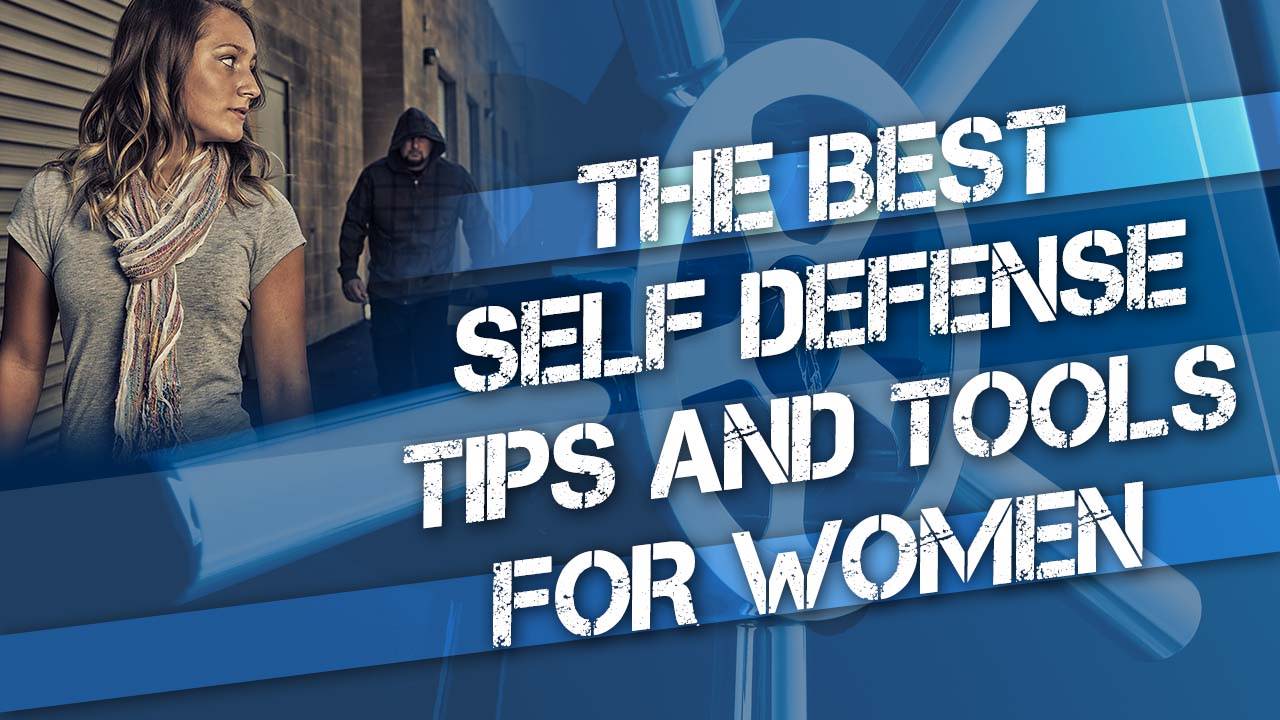
What is martial arts training? What are the benefits from studying a particular martial art? How can you decide whether to train in one style or another? This depends on many factors including how long you are willing to study a style. Some martial art are best suited for self-defense while others are more suited for sports. If you want to learn more, you can read about the origins of different styles and the adaptations to self-defense.
Martial arts techniques
Martial arts training is a great way to learn traditional values while enhancing your overall health and fitness. Martial arts are accessible to anyone at any age. Just remember to respect the instructors and fellow students. Good luck! The MMA Guru wishes everyone the best. Keep in mind that techniques are not the only aspect of martial arts training. Read on for more information about the martial arts techniques taught to kids in the US. These are some useful tips for getting started in martial art.
Although there are many types of martial arts to choose from, the fundamental principles of all are the same. All martial arts have striking techniques, including kicks and hand strikes. The major traditional styles of karate include Shotokan, Goju Ryu, and Wado Ryu. Some types of martial arts have training methods unique to their style, such as kata and sparring. These techniques can be used in real situations.

Origins of the various forms of Martial Arts
Martial arts began in China as early a 5th century BC. Emperor Huang Di, a great fighter, required that his troops learn martial arts. Mongol tribesmen brought skull-bashing wrestling to China, which is believed to have evolved into sumo. Sumo is a combination of kemari and shakaku. Sun Tsu, an ancient Chinese author emphasizes martial arts training. Through the Silk Road, martial arts spread through Asia Minor, Europe, India, and then in the 500 B.C. Chinese martial artists spread to other parts of the world.
Martial arts spread across the globe, and gained popularity during the 1970s to 1980s. Martial arts were promoted in films featuring Jackie Chan or Jet Li. Martial arts was also practiced in ancient European civilizations. Greeks and Romans valued sports as a way to live, and their Ancient Olympic Games featured martial arts. Gladiatorial combat was developed by the Romans, and many other fighting styles and traditions have evolved.
Self-defense: Martial arts adaptations
For self-defence, you can adapt martial arts such as judo and taekwondo to karate, judo, and kung fu. These systems of fighting originated in Asia. They are mainly focused on physical and mental preparation. Today's martial arts training techniques are a combination of various styles, and the best ones for self-defense are those that are widely accessible and widely used.
Martial arts are a great tool to instill self-defense, confidence and strength. Many types of martial arts, including karate, Taekwondo, and Aikido aren't suitable for self-defense. Jujitsu, a type of grappling that depends on the opponent's momentum against it, is one of the useful martial arts for self defense. Jujitsu is a Japanese martial art that teaches the victim the technique of pinning an attacker to their ground. It is an Olympic sport.

Martial art study has its benefits
Learning a martial art is a great way to improve your self-esteem, posture, and overall appearance. Martial arts classes may help you lose weight or build muscles. Martial arts will help you to cope with stress better. Martial arts can help you to get rid of any physical ailments. These are just some benefits of studying martial art. Learn more about these benefits from this article.
Physical exercise is one of the greatest benefits of martial arts. Regular exercises improve circulation. Aerobic exercise is good for the brain and body. This results in improved learning and memory. One study showed that around one new case per four seconds of dementia occurs worldwide. Martial arts training can help prevent dementia. When you are confident and outgoing, you'll be better able to express your feelings.
FAQ
Can I legally carry a stun gun?
Yes. You will need to apply for a permit in your state.
A permit application must be completed and paid.
Once you have your permit, it is important to keep it visible (such as your wallet).
You'll need to apply again if you lose your permit.
What is the most effective method of self-defense?
The best way to defend yourself from an attack is to avoid it altogether. If you are attacked, then run away as fast as possible. This will give you the time to consider a better strategy.
You can use any of the defensive techniques you've learned to help you escape. These include kicks and punches. You can also grab your attacker’s arms or legs to stop him attacking you further.
If none of these options work, you must fight back with whatever means available to you. The best weapon to use for this purpose are your naked hands. However, if you do not know how to use them properly, then you should consider learning some other form of self-defense first.
Which is the best weapon for self-defense and defense?
A knife is the best tool for self defense. Even though you may not feel the need for a knife, it will come in handy if someone attempts to attack you.
It doesn't mean you have to buy a $100 folding blade just to keep yourself safe. You can do the job with a simple pocketknife. A few extra tools are available to help you be ready for any scenario.
How much does it cost to enroll in a self-defense course?
There are many self-defense courses available. The cost of self-defense courses varies depending upon where you live and whether or not you take them online.
Some schools charge $50 per month while others charge as high as $200.
Check out your local community centers if you're looking to save money. Many of these places offer free self-defense lessons.
Is it possible to give stun guns to children?
It all depends upon the child's age.
Below 18:
18 and older:
If you give a stun gun as a gift to a minor, make sure they are aware of the dangers.
They should only use it with adult supervision.
Statistics
- Boxers aren't allowed to fight in a clinch, which is a position that occurs in 80% of the streetfights. (mmaclan.com)
- Kung Fu alone has 400 unique martial art styles – and whilst you likely won't be able to find a school for each form, many other martial arts are completely different altogether. (budodragon.com)
- Saying this, Self defense 101 would be the importance of situational awareness, which can never be replaced by the finest of martial arts, because it is this that would help you to avoid any likely attacks in the first place. (worldofselfdefense.com)
- The Rape, Abuse & Incest National Network reports that 70 percent of sexual violence cases aren't committed by random strangers in a dark alley but by people we know: friends, family, partners, co-workers, etc. (healthline.com)
External Links
How To
How to Survive an Invasion at Home
Home invasion is a scary thought, especially when there are kids involved. When we began our home security system installation journey, we didn't realize we'd live through it ourselves. Here's the information we've gleaned so far.
-
You must not allow your kids to see the attackers. Two men broke into our home upstairs while our kids were sleeping. We kept them downstairs until the police arrived. Although our children weren't injured, they were traumatized enough.
-
Lock all valuables. Our bedroom has a safe that holds valuables. Even if someone attempts to break into your house, they won’t be able access it.
-
Keep an eye out for burglars. We live in a neighbourhood that is notorious for burglaries. We watch out for suspicious cars and people.
-
Have A Backup Plan. Our family will be financially taken care of financially if anything happens. If necessary, we have a plan for leaving the country.
-
Prepare. Be prepared in case you are ever forced to defend your own life. You should always have water and food on hand.
-
Call 911 First. Call 911 immediately after finding out someone is breaking into your house. It is better to call 911 immediately than wait for the authorities to come to your house.
-
Use Common Sense. Never allow anyone into your home who doesn't belong. Don't invite strangers over.
-
Reach out to your neighbours or other residents in your area for assistance. If you feel uneasy, call friends or neighbors. They will be able to watch your back and call the police.
-
Keep calm and do what is instructed by police officers. Stay calm and do exactly as instructed by officers. Do not flee or resist arrest
-
Photograph Any Evidence. Any evidence discovered during the investigation should be taken pictures. This includes blood samples and fingerprints.
-
Local Law Enforcement. You can file a police report even if nobody was hurt. It may help you avoid future criminal acts.
-
Get in touch immediately with the Insurance Company. Contact your insurance company right away. Tell your insurance company everything that has happened, and ask them to send an adjuster.
-
You must get rid of personal belongings. You should get rid of all personal belongings. Don't wear expensive jewelry. Take it off and put it away.
-
Make sure you take care of yourself. Keep your surroundings clean. Clear away trash and broken glass. Make sure that all doors and windows are securely locked.
-
Don't Talk About What Happened. Talk about what happened. It is possible that someone might use the information against you.